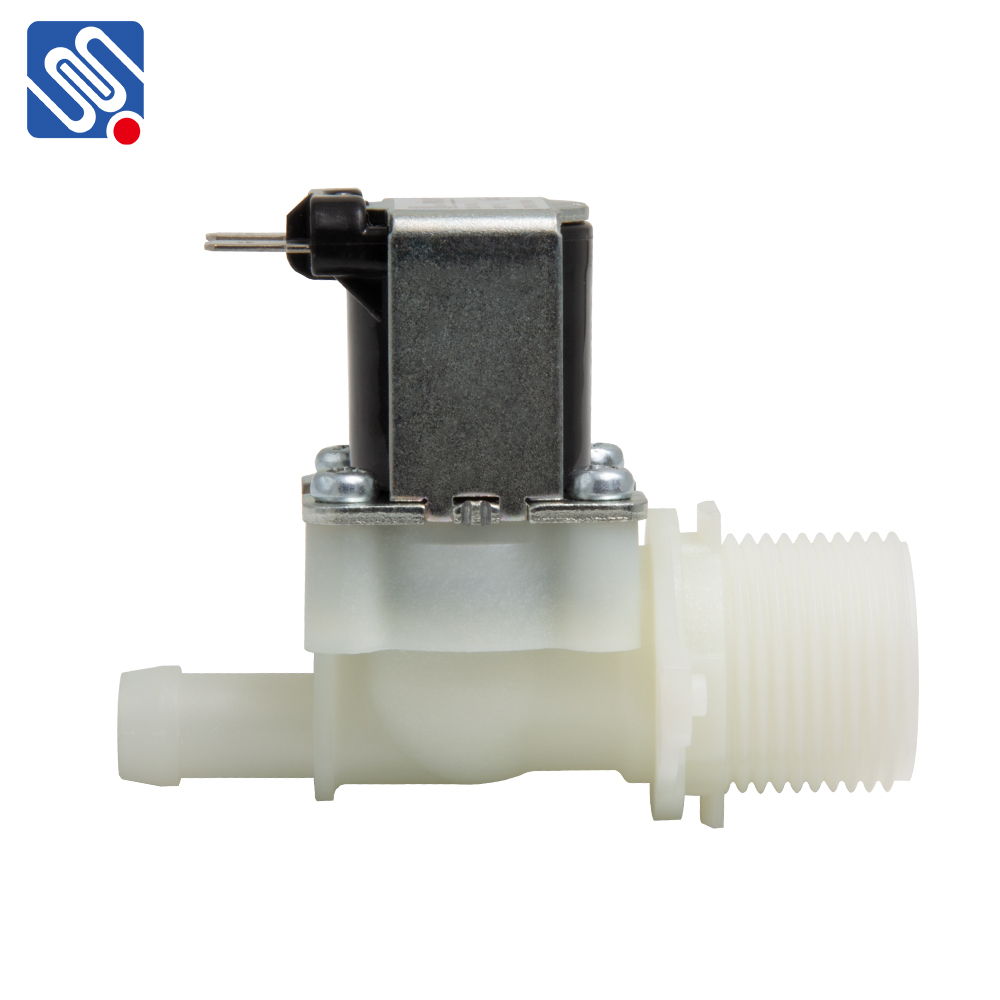understanding the water solenoid valve: a vital component in fluid control systems
Release time:2025-03-27 12:31:54
Water solenoid valves are essential components used in a wide range of systems where water needs to be controlled and regulated. These valves play a significant role in the automation and efficient operation of water systems, from irrigation to industrial processes. Understanding how water solenoid valves work and their importance can provide insight into how they are applied in various settings.

What is a Water Solenoid Valve?
A water solenoid valve is an electromechanical valve used to control the flow of water in a system. The valve is typically made up of a coil, a plunger, and a valve body, with the primary function being the opening and closing of a water flow path. The valve operates through an electromagnetic mechanism: when electricity is supplied to the solenoid coil, it generates a magnetic field that pulls or pushes the plunger to open or close the valve.
How Does a Water Solenoid Valve Work?
The solenoid valve operates based on the principle of electromagnetism. When current flows through the solenoid coil, it creates a magnetic field that activates the plunger inside the valve. This magnetic action either opens or closes the valve, depending on the design of the solenoid. There are two main types of water solenoid valves: normally open (NO) and normally closed (NC).

